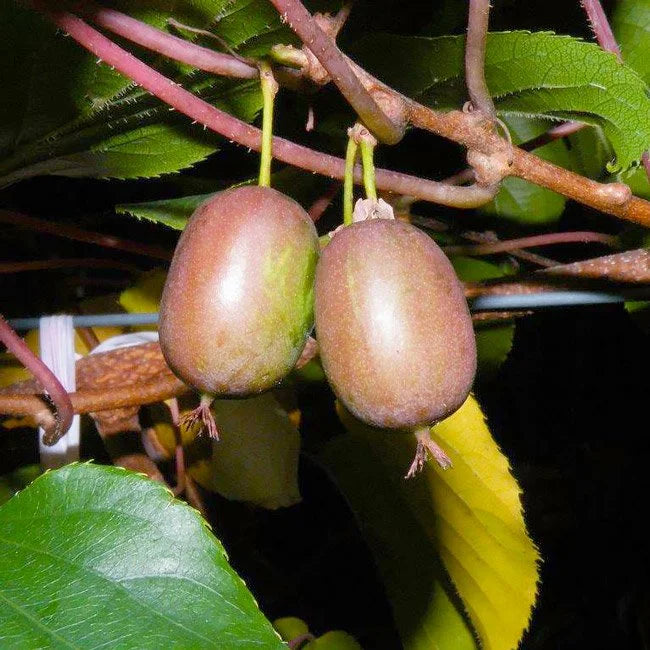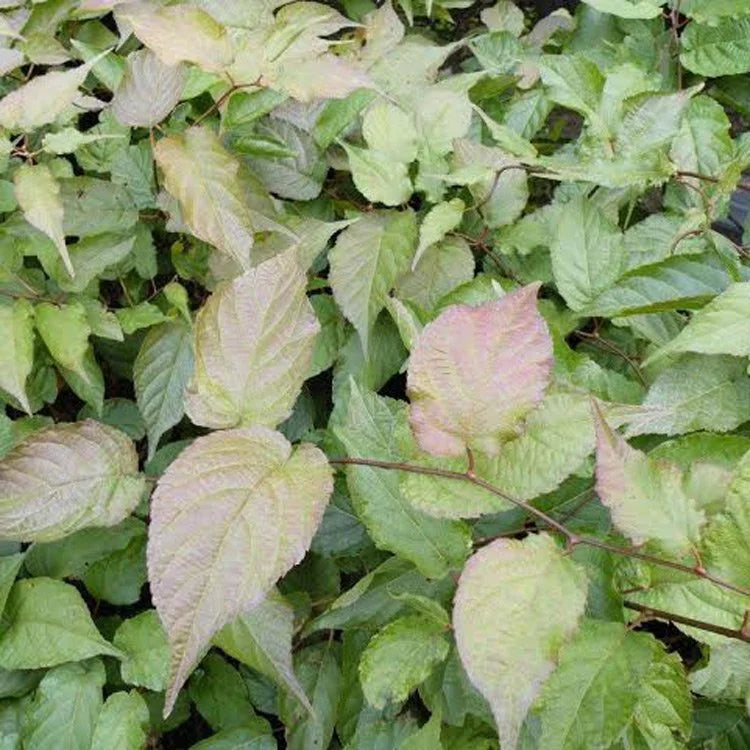
Hardy Kiwis
Our Hardy Kiwis come in a bundle of Red Beauty and Arctic Beauty. Red Beauty and Arctic Beauty are the most reliable hardy kiwi vines we’ve grown in Montana. After years of trial and error with less hardy varieties like Ananasnaya and Ken’s Red, these two have proven tough enough to handle our cold winters—thriving where others failed. These are hardy to -40F.

